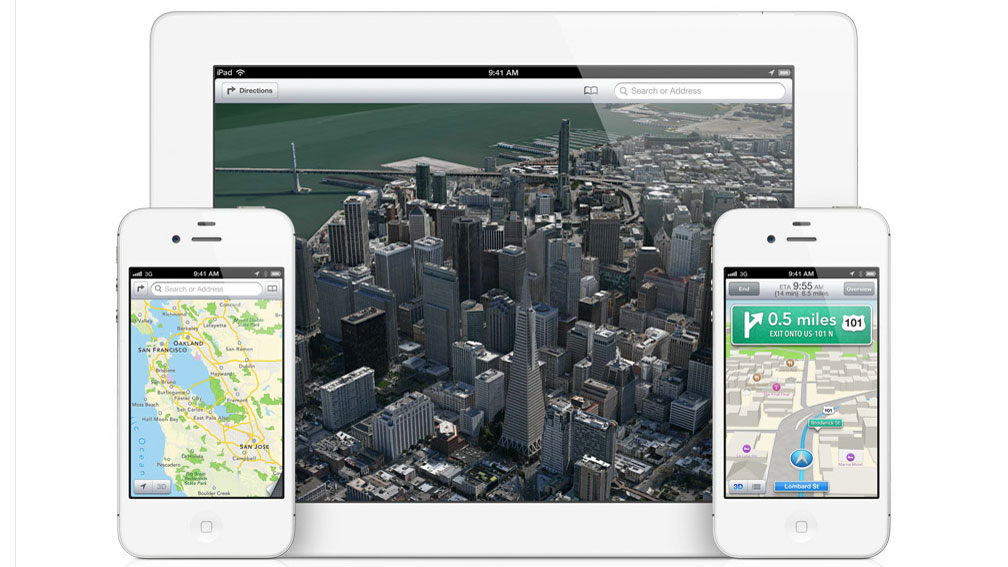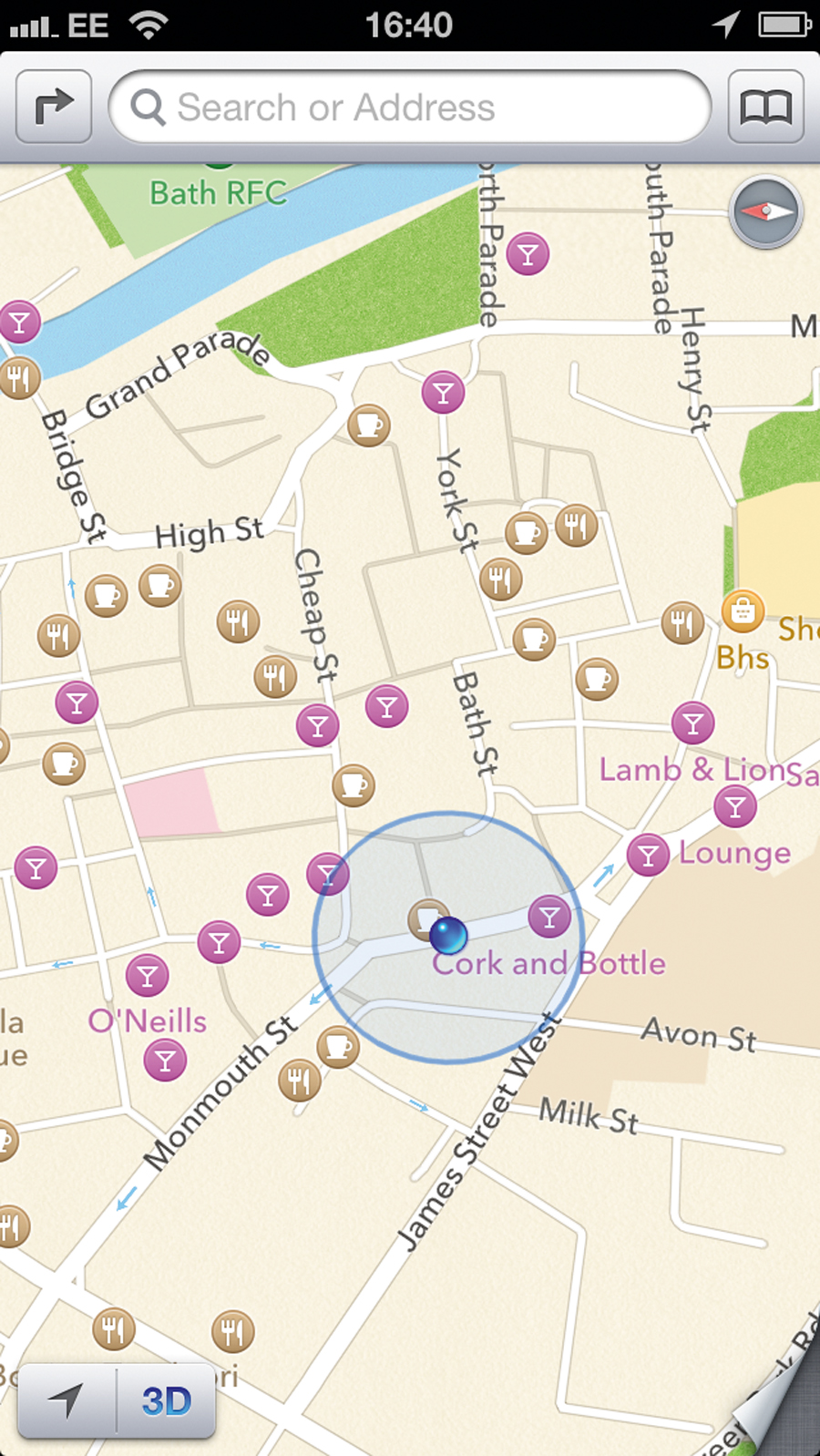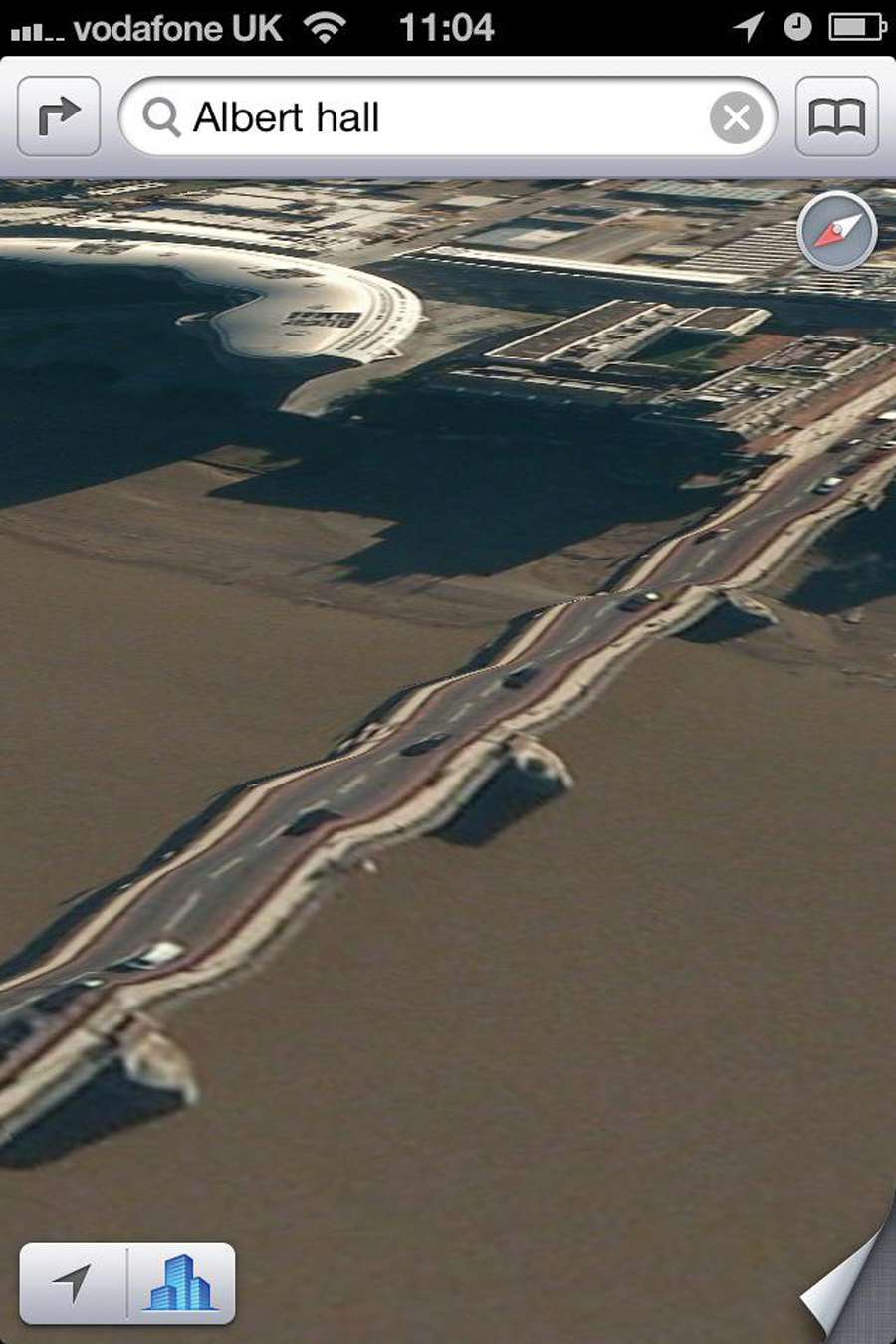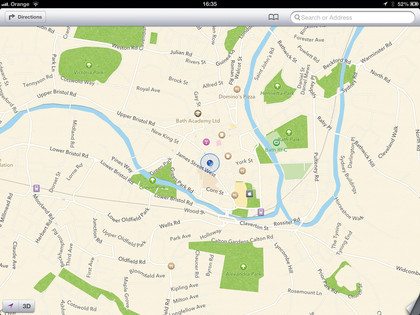iOS 6 Maps: what went wrong?
Apple Maps was meant to be an improvement on Google Maps, but something went awry

With relations between Google and Apple becoming increasingly strained, it should have come as no surprise that Apple would, at some point, drop the Google Maps application from its mobile operating system.
That change happened with iOS 6. However the introduction of the new Apple Maps wasn't quite the success that Apple would have liked it to be; in fact, it's been something of a PR disaster.
Offering new features like turn-by-turn navigation, vector graphics and an new Fly-over view for zooming around 3D buildings, Apple Maps initially looked like it was going to be an improvement over Google Maps.
But very quickly iOS 6 upgraders began to notice problems: directions took them the wrong way, a phantom airport appeared near Dublin and Aukland's main train station appeared to be located in the middle of the sea.

Sites like theamazingios6maps began to spring up showing screen shots of even more Maps faux pas, particularly with the new 3D view and satellite images. Whole towns were obscured by clouds, the famous Brooklyn Bridge seemed to have collapsed and cars looked melted into roads.
But worst of all, the maps were inaccurate and often omitted important buildings, roads and rivers. The New York Times' David Pogue wrote: "In short, Maps is an appalling first release. It may be the most embarrassing, least usable piece of software Apple has ever unleashed."
Apple rarely rushes out software that's as poor as Maps, so what went wrong?
Get daily insight, inspiration and deals in your inbox
Sign up for breaking news, reviews, opinion, top tech deals, and more.

iOS 6 Maps: problems,problems
At the launch of the iPhone 5, Apple's head of iOS, Scott Forstall, confidentially demonstrated the new Maps app giving no indication that it was going to be anything other than wonderful. Indeed, the Apple website described Maps as "The most beautiful, powerful mapping service ever."

Yet within a week that description was changed to, "All in a beautiful vector-based interface that scales and zooms with ease", and Apple CEO Tim Cook had posted an apology letter on Apple's website saying, "We are extremely sorry for the frustration this has caused our customers and we are doing everything we can to make Maps better."
Forstall subsequently left Apple. As a result, Jony Ive, senior vice president of industrial design, will add the leadership and direction of "Human Interface" to his to-do list.
Siri and Maps now fall under Eddy Cue, chief of internet software and services, a move that Apple said placed "all of our online services into one group."
Those online services include the iTunes Store, App Store and iCloud.
It seems as though Apple itself was caught by surprise by the inaccuracy of Maps, almost as if it had become too obsessed with the new technologies it incorporated and missed the obvious - that the most important thing about any navigation solution has to be the accuracy of its maps.
However, it emerged that app developers raised concerns about the poor quality of Apple's Maps back as far back as June, it has been revealed.
Several anonymous developers revealed to CNET that it was obvious early on that the Google Maps replacement was not up to scratch and weren't shy about informing Apple through several official channels.
These developers, who now rely on the app to power features within their apps, had access to the Maps platform as soon as the Beta version of iOS 6 was outed following WWDC four months ago.
One of the developers in question said: "I posted at least one doomsayer rant after each (developer) Beta, and I wasn't alone."
Why ditch Google?

Apple Maps actually gets some of its mapping data from TomTom, which, if you've ever used the system before, you'll know is very reliable.
TomTom has over 30 years of mapping experience, so obviously something got lost in translation when Apple imported the data into its own mapping app.

Graham is the Senior Editor for AI at TechRadar. With over 25 years of experience in both online and print journalism, Graham has worked for various market-leading tech brands including Computeractive, PC Pro, iMore, MacFormat, Mac|Life, Maximum PC, and more. He specializes in reporting on everything to do with AI and has appeared on BBC TV shows like BBC One Breakfast and on Radio 4 commenting on the latest trends in tech. Graham has an honors degree in Computer Science and spends his spare time podcasting and blogging.